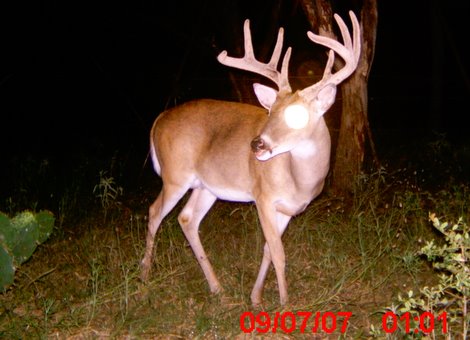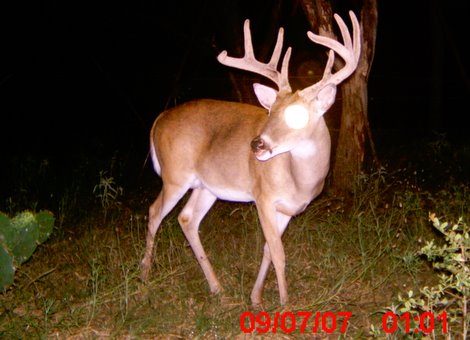Every hunter would love to pattern a big ole monster buck prior to hunting season. Knowing when and where to be set up come hunting season would be worth a mint! But what about those areas where you put up your game camera and don’t see any bucks? Is there any value in that information? Yes.
Believe it or not, many areas are rarely or never visited by white-tailed bucks. Eliminating areas where you should not be is hunting is of great importance and actually increases your chances of taking a buck on any given day — assuming you aren’t hunting “dead space.”
A great use of trail cameras is their capability to help individuals better manage their deer herds. For instance, game cameras allow managers to get a good, objective look at a buck prior to hunting season. Often times, “fast paced” hunting situations push inexperienced hunters to make hasty trigger decisions when antlers come into view. Had they seen that deer on their game camera prior to hunting season, maybe would have already decided he didn’t meet the age criteria set up for their harvest objectives.
Getting high-quality photos of individual bucks has allowed managers to identify deer as cull bucks, management bucks, mature shooters, and those that are off limits. Game cameras have allowed patient hunters to really distinguish a good set of antlers between young bucks and mature bucks.
In short, game cameras are now a vital part of most deer management and hunting programs. Not only do game cameras allow you to gain increased information about individual deer and the deer herd in general, but they tell you where to be — and where not to be!

